When World War II ended, American kitchens transformed into laboratories of hope and practicality. Rationing was over, but a new era of convenience and curiosity had begun. Families eager to embrace peacetime found themselves reaching for powdered cheese, canned meats, and vibrant Jell-O molds as staples in their daily meals. Spam sizzled on skillets while TV dinners promised modern ease, reshaping how America gathered around the table. Some of these foods might seem unusual or even puzzling today, but they defined a generation’s resilience and creativity. Here’s a look at the unexpected dishes that truly fed post-war America.
1. Peanut Butter and Jelly Sandwiches
Once soldiers returned home from war, they brought their love for PB&J sandwiches with them. The military had included these sandwiches in ration kits because the ingredients stayed fresh for long periods.
Mothers across America started packing these protein-rich sandwiches in children’s lunch boxes. The combination was affordable during post-war economic adjustment, requiring no refrigeration and minimal preparation.
Companies like Skippy and Welch’s saw sales skyrocket as families embraced this simple meal that satisfied both nutrition needs and sweet cravings in one convenient package.
2. Spam: The Miracle Meat
Hormel’s canned meat product had been feeding troops throughout the war years, but civilian Americans developed a surprising fondness for this preserved protein after 1945. Homemakers discovered dozens of creative ways to serve it – fried for breakfast, baked with pineapple, or sliced cold for sandwiches.
Spam’s long shelf life and no refrigeration requirement made it practical during the housing boom when not everyone had reliable refrigeration. The salty, ready-to-eat meat became a symbol of modern convenience.
Cookbooks featured specialized Spam recipes, and the product became a cultural phenomenon that transcended its humble origins.
3. M&Ms: The Colorful Chocolate Sensation
Originally created for soldiers to enjoy chocolate without it melting in their hands, M&Ms returned with veterans who couldn’t get enough of these candy-coated chocolates. Mars Company quickly pivoted their marketing toward American families, introducing the now-famous slogan “melts in your mouth, not in your hands.”
The colorful candies were perfect for the optimistic post-war era. Parents appreciated the less-messy nature of the candy for children, while kids loved the vibrant colors and sweet taste.
By 1950, M&Ms had become America’s favorite portable chocolate treat, appearing at movie theaters, picnics, and in lunch boxes nationwide.
4. Meatloaf: The Economical Family Dinner
After years of meat rationing, families craved hearty meals that stretched their food dollars. Meatloaf emerged as the perfect solution – combining ground meat with breadcrumbs, eggs, and vegetables to create a filling dinner that could feed an entire family.
Women’s magazines promoted variations of this dish as ideal for the modern homemaker. The leftovers could be sliced for sandwiches the next day, making it doubly economical.
Betty Crocker’s cookbook featured multiple meatloaf recipes, cementing its status as an American classic. Topped with ketchup or tomato sauce, it became a comforting symbol of post-war prosperity and family togetherness.
5. Powdered Cheese Products
The technology developed to preserve cheese for military rations found its way into civilian pantries through products like Kraft Macaroni & Cheese. This bright orange powder seemed almost magical to homemakers – shelf-stable cheese that needed no refrigeration!
Children adored the consistent, mild flavor that never varied like natural cheese. Parents appreciated the quick preparation and affordable price point during the baby boom years when feeding growing families became priority one.
Beyond boxed mac and cheese, powdered cheese appeared in snack foods like Cheetos (introduced in 1948), forever changing American palates and establishing processed cheese products as pantry staples.
6. Frozen Orange Juice Concentrate
Before the war, orange juice meant fresh-squeezed or nothing at all. The development of frozen concentrate in 1945 revolutionized breakfast across America, bringing vitamin C to regions far from citrus groves.
Families marveled at the small can that transformed into a pitcher of “fresh-tasting” juice with just the addition of water. The space-saving containers were perfect for the smaller refrigerators of the era.
Minute Maid (originally called Vacuum Foods Corporation) became a household name almost overnight. The concentrate’s affordable price meant even working-class families could enjoy orange juice year-round – a luxury previously reserved for the wealthy or those living in citrus-growing regions.
7. Ready-to-Eat Breakfast Cereals
Cereal manufacturers like Kellogg’s and Post seized the post-war moment to transform American breakfast habits forever. New sugar-coated varieties appeared alongside classics like Corn Flakes, marketed directly to children through colorful boxes and radio advertisements.
Mothers embraced these ready-to-eat options during busy mornings in increasingly suburban households. The fortification with vitamins and minerals eased nutritional concerns, while the sweet taste ensured children would actually eat their breakfast.
Sugar Crisp (1949), Frosted Flakes (1952), and other cereals introduced cartoon mascots that became cultural icons. The combination of convenience, kid-appeal, and perceived healthfulness made cereals the dominant breakfast choice by the 1950s.
8. Wonder Bread: Sliced Perfection
Though sliced bread had been around since the 1920s, Wonder Bread reached its cultural zenith in post-war America. Its pristine white appearance and perfectly uniform slices represented modernity and cleanliness to a generation obsessed with progress.
The bread’s enrichment with vitamins convinced mothers they were making nutritious choices despite the product’s highly processed nature. Advertisements claimed it “helped build strong bodies 12 ways” through added nutrients.
Wonder Bread’s soft texture and neutral flavor made it the perfect canvas for new sandwich creations and toast. The distinctive packaging with red, blue and yellow balloons became an iconic sight in grocery stores and kitchen counters across America.
9. TV Dinners: The Original Convenience Food
When Swanson introduced the first TV dinners in 1953, they were responding to changing American lifestyles. The aluminum trays with compartments for meat, vegetables, and dessert perfectly matched the needs of families gathering around their new television sets.
Homemakers initially felt guilty about serving pre-made meals but quickly embraced the convenience. The clever marketing positioned TV dinners as modern and sophisticated rather than lazy.
Children loved the novelty of eating from trays, while parents appreciated the easy cleanup. Though slightly after the immediate post-war period, TV dinners represented the culmination of food processing technologies developed during wartime and the changing social patterns of post-war America.
10. Casseroles: One-Dish Wonders
Casseroles emerged as the ultimate solution for busy post-war homemakers trying to feed growing families efficiently. These one-dish meals combined proteins, starches, and vegetables, often bound together with cream of mushroom soup – another wartime innovation that found peacetime purpose.
Pyrex and Corningware introduced colorful baking dishes specifically designed for casserole creation. Recipes for tuna noodle, green bean, and chicken casseroles filled women’s magazines and community cookbooks.
The genius of casseroles lay in their adaptability. Leftover meats and vegetables could be transformed into new meals, stretching food budgets during the economic adjustments of the post-war years while still appearing modern and intentional.
11. Crisco: The Vegetable Shortening Revolution
During wartime rationing, butter was scarce and expensive. Crisco, made from vegetable oils rather than animal fats, positioned itself as the patriotic and modern alternative that continued its popularity after restrictions ended.
Procter & Gamble marketed Crisco as cleaner, more consistent, and healthier than lard or butter. The pure white appearance aligned with post-war obsessions with cleanliness and scientific advancement.
Pie crusts made with Crisco became famously flaky, while fried foods turned out reliably crisp. The company distributed free cookbooks featuring recipes using their product, teaching a generation of homemakers to rely on this shelf-stable fat for everything from cookies to fried chicken.
12. Fruit Cobblers and Crisps
As families moved to suburban homes with small garden plots, homegrown fruits became available but not always in perfect condition. Cobblers and crisps provided delicious solutions for using imperfect fruit while creating impressive desserts with minimal fuss.
Women’s magazines promoted these desserts as both economical and patriotic, continuing the waste-not mentality of wartime. The simple combinations of fruit with biscuit or streusel toppings required fewer ingredients than pies but delivered similar satisfaction.
Serving a warm cobbler with a scoop of ice cream became a signature move for the post-war hostess. The homey, rustic presentation aligned perfectly with the casual entertaining style that emerged after the formality of pre-war gatherings.
13. Ovaltine: The Nutritional Drink Mix
Radio programs like “Little Orphan Annie” had popularized Ovaltine before the war, but its reputation as a health drink made it especially appealing in the nutrition-conscious post-war era. Parents worried about their children getting proper vitamins after years of rationing.
The malt-flavored powder mixed with milk created a sweet treat that children requested and mothers approved. Ovaltine’s marketing emphasized its vitamin and mineral content, positioning it as practically medicinal despite its dessert-like taste.
Special shaker cups and promotional items tied to radio and early television shows made drinking Ovaltine an interactive experience. The ritual of mixing the powder into milk became a bedtime tradition in millions of American homes.
14. Aspic: Jellied Elegance
Few foods represent post-war American culinary ambition like aspic – savory gelatin molds containing suspended meats, vegetables, or fruits. These wobbly creations showcased the hostess’s skill and patience while utilizing affordable ingredients like canned vegetables and leftover meats.
Knox and Jell-O aggressively marketed their gelatin products for savory applications. Women’s magazines featured elaborate molded salads as sophisticated dinner party centerpieces, promising to impress guests with minimal ingredient costs.
The clear jellies preserved the bright colors of the ingredients inside, creating visually striking presentations that aligned with the era’s optimistic aesthetic. Though largely forgotten today, these shimmering creations graced countless dinner tables and ladies’ luncheons throughout the late 1940s and 1950s.
15. Chop Suey: America’s Chinese Fusion
Soldiers returning from the Pacific theater brought expanded culinary horizons and interest in Asian flavors. Chop suey – a thoroughly Americanized version of Chinese cuisine – became an exotic yet accessible way for families to experiment with international cooking.
La Choy began selling canned bean sprouts and water chestnuts, making these previously rare ingredients available nationwide. Cookbooks included simplified recipes using familiar meats with these novel vegetables in soy sauce.
Serving chop suey became a way for middle-class housewives to demonstrate worldliness without straying too far from familiar flavors. The dish typically featured ground beef or chicken with celery, onions, and bean sprouts in a mild sauce served over rice or crispy noodles.
16. Stuffed Bell Peppers: Colorful Meal-in-One
Bright green bell peppers standing upright on dinner plates, filled with seasoned ground beef and rice, became a post-war sensation. This economical dish stretched expensive meat with rice while incorporating vegetables in a presentation that looked far more sophisticated than its simple ingredients suggested.
Victory gardens had introduced many Americans to growing their own peppers during the war. The stuffed pepper recipe provided a showcase for home-grown produce while creating a complete meal in a single dish.
Campbell’s tomato soup, often poured over the peppers before baking, added flavor while creating a sauce. The colorful presentation brightened dinner tables and satisfied the era’s desire for meals that were both nutritious and visually appealing.
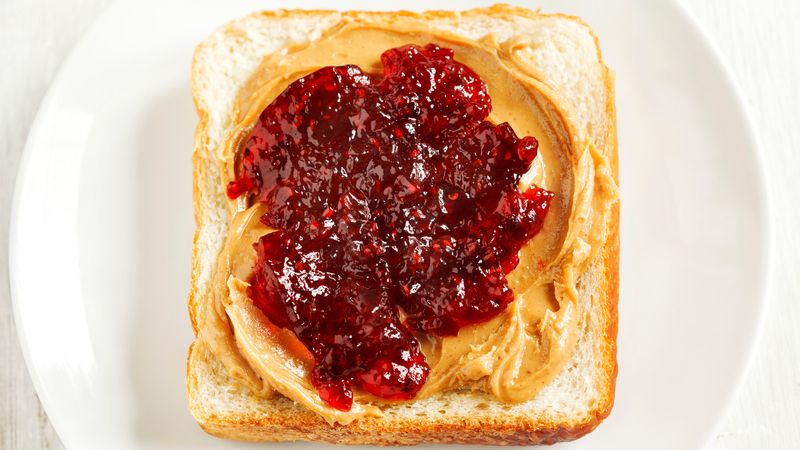
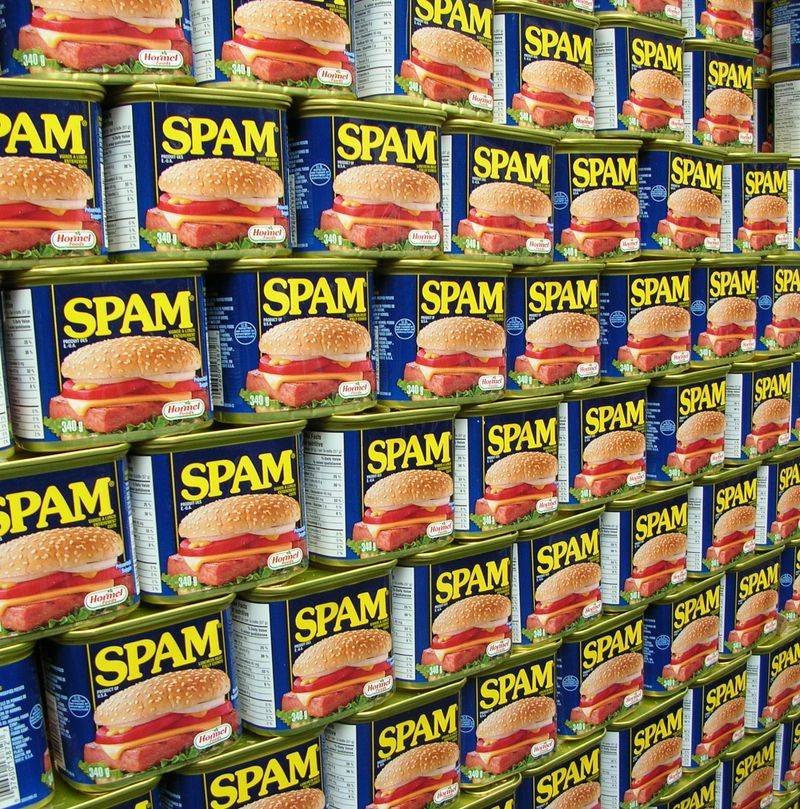
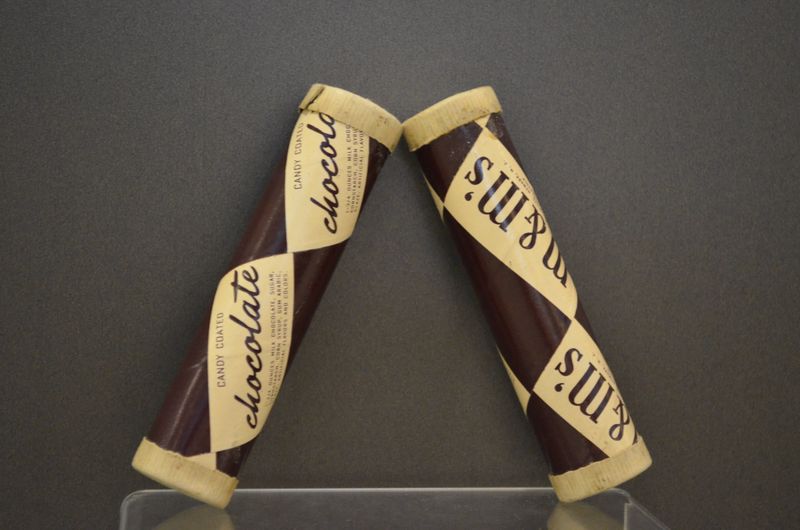
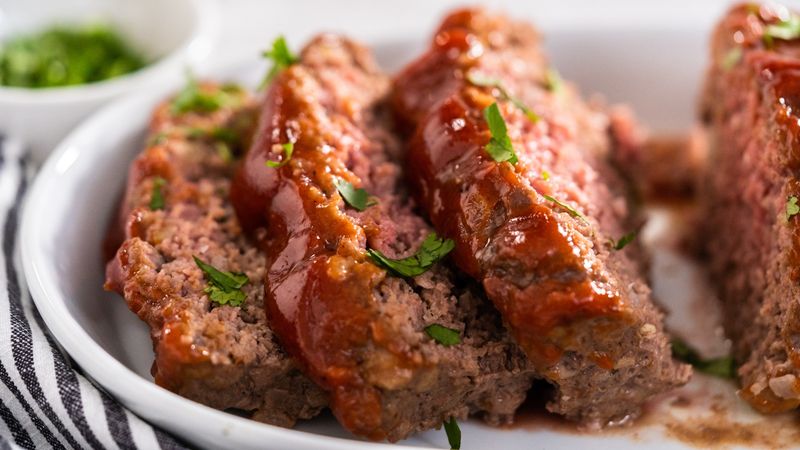
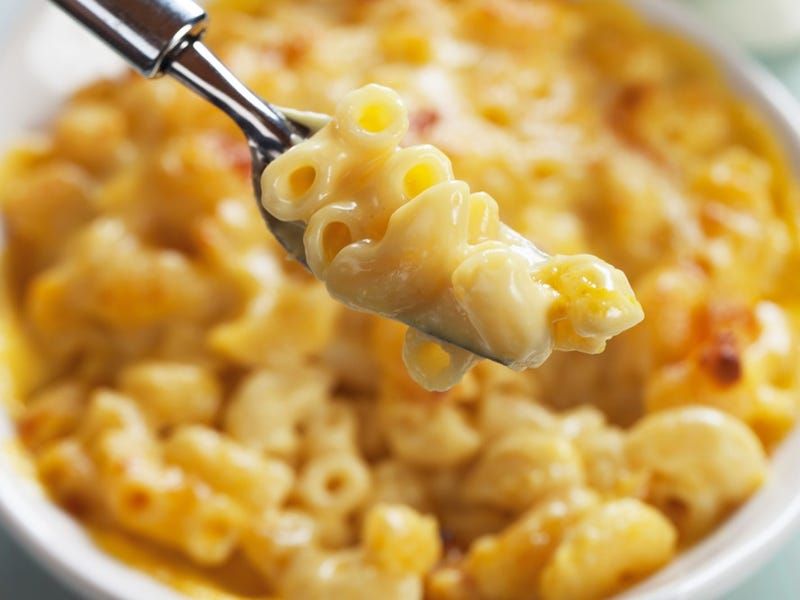

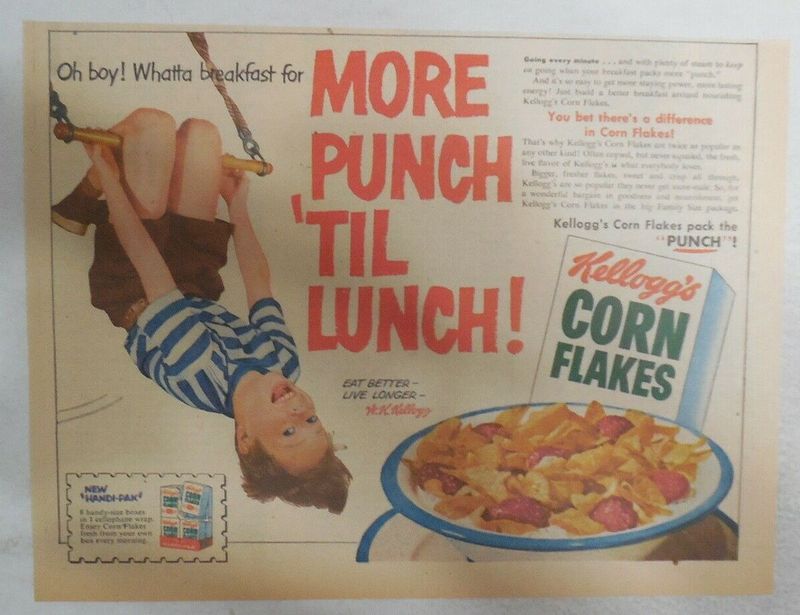
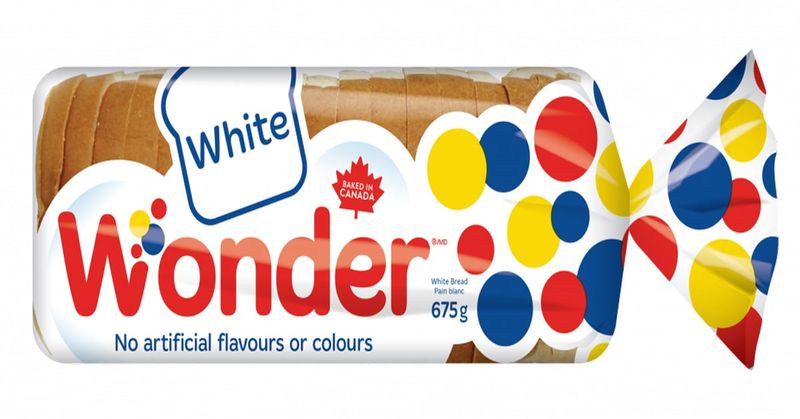
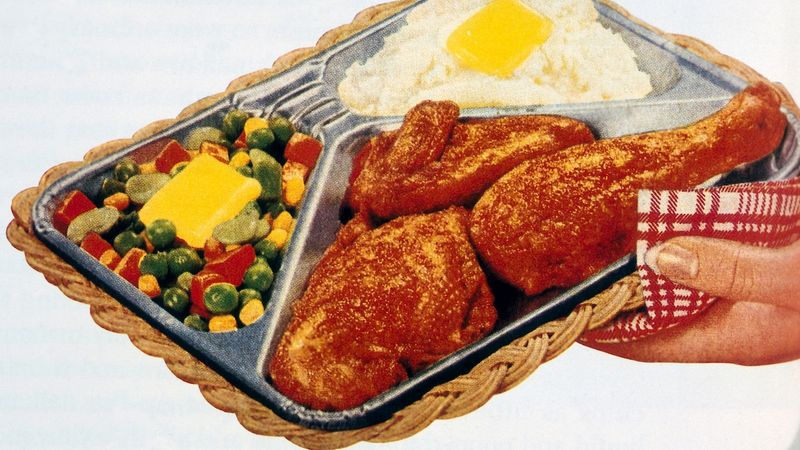
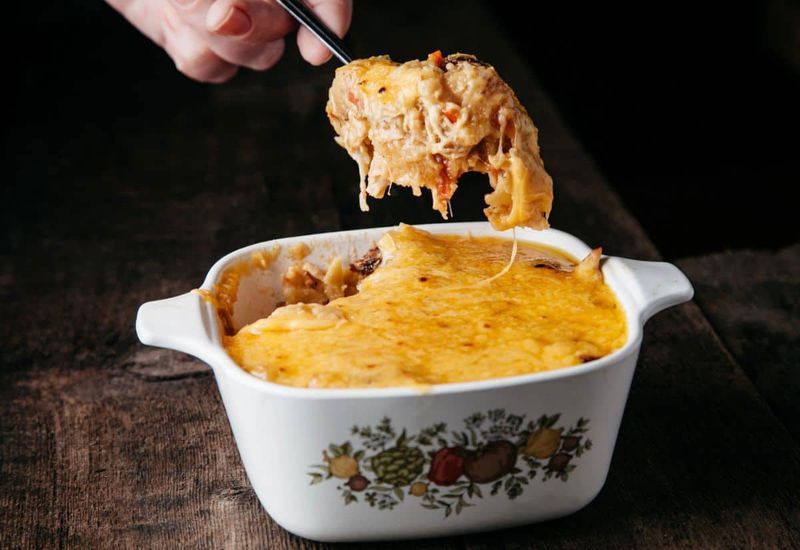
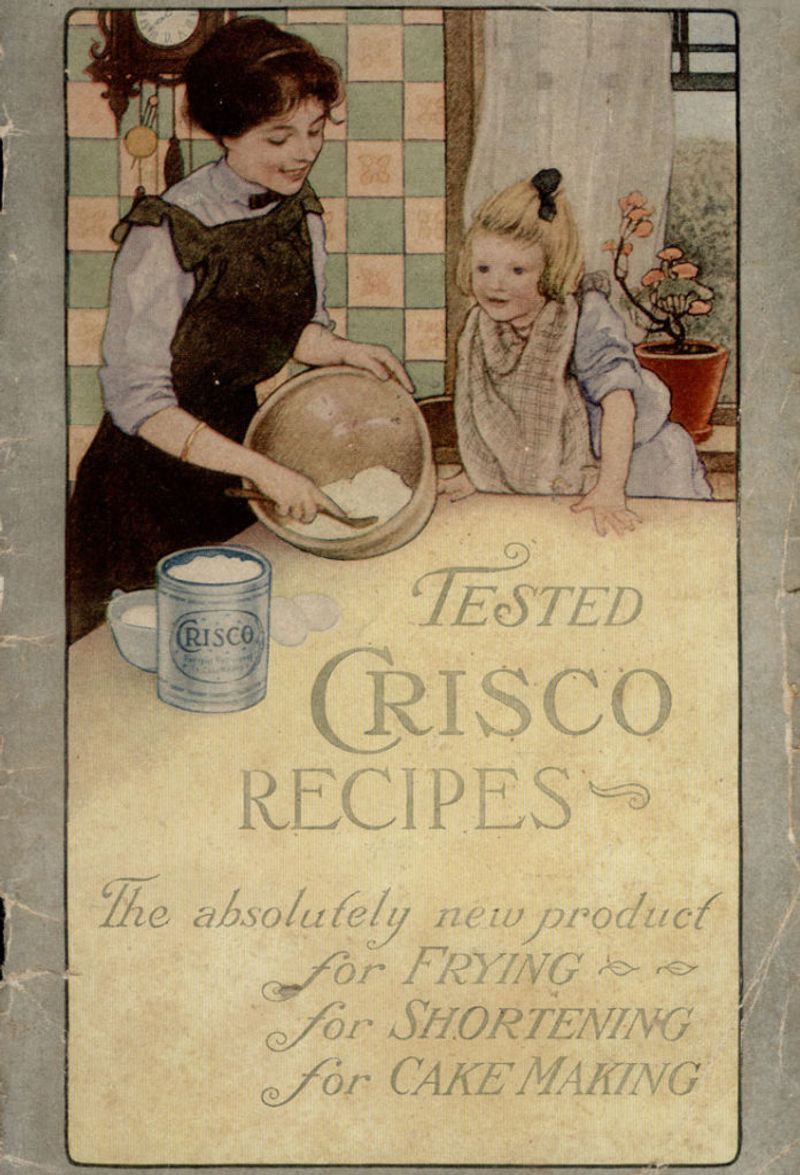
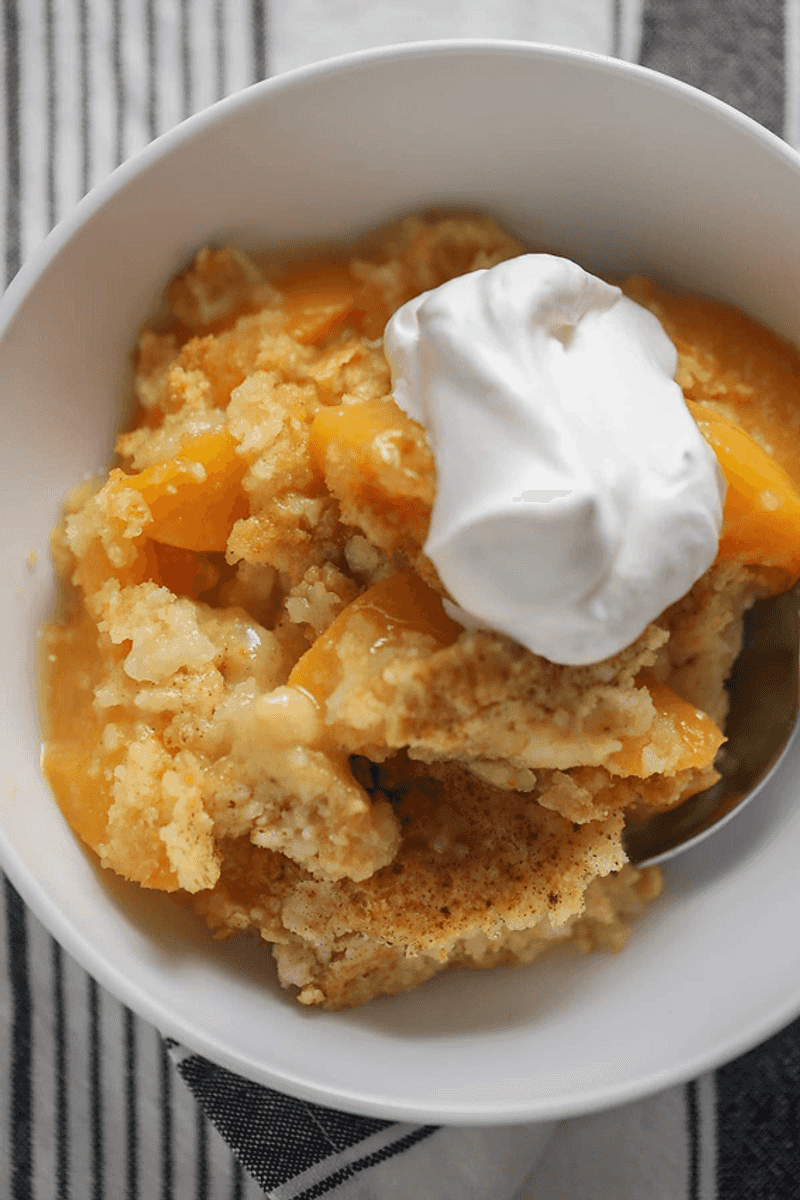
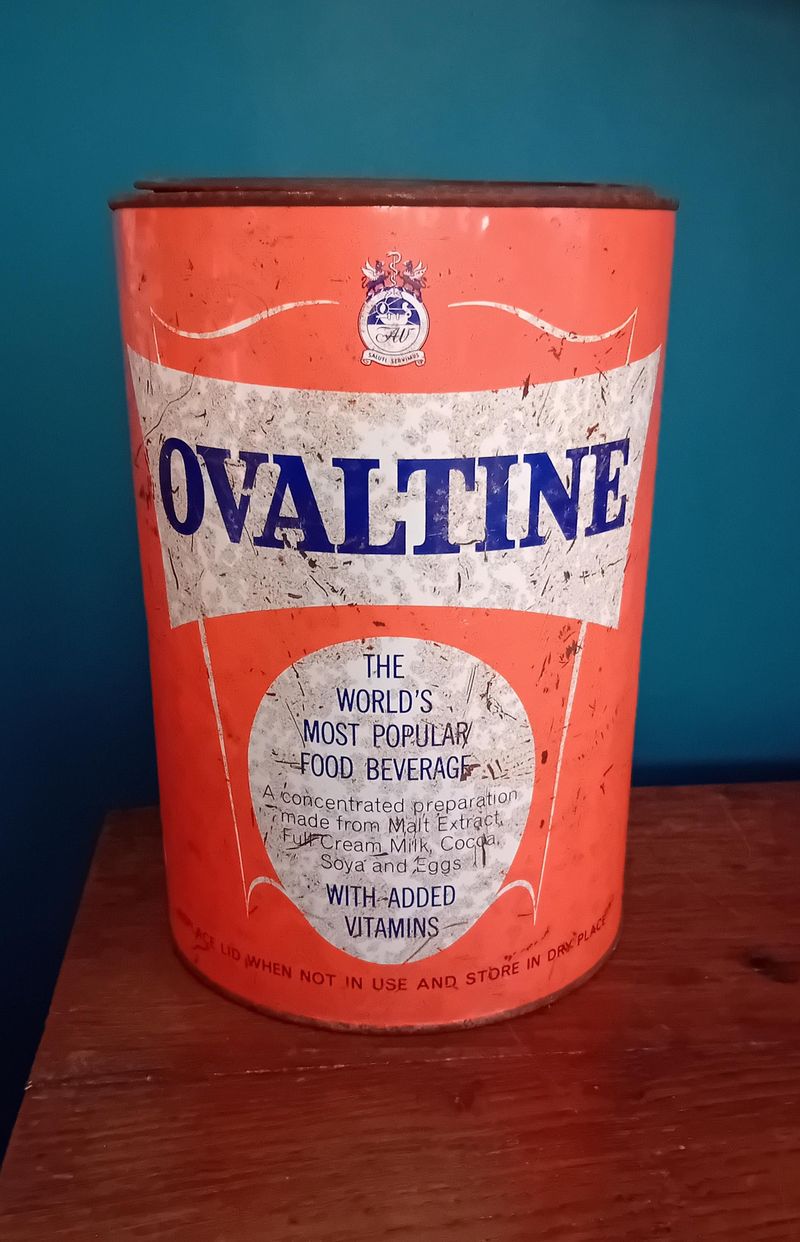
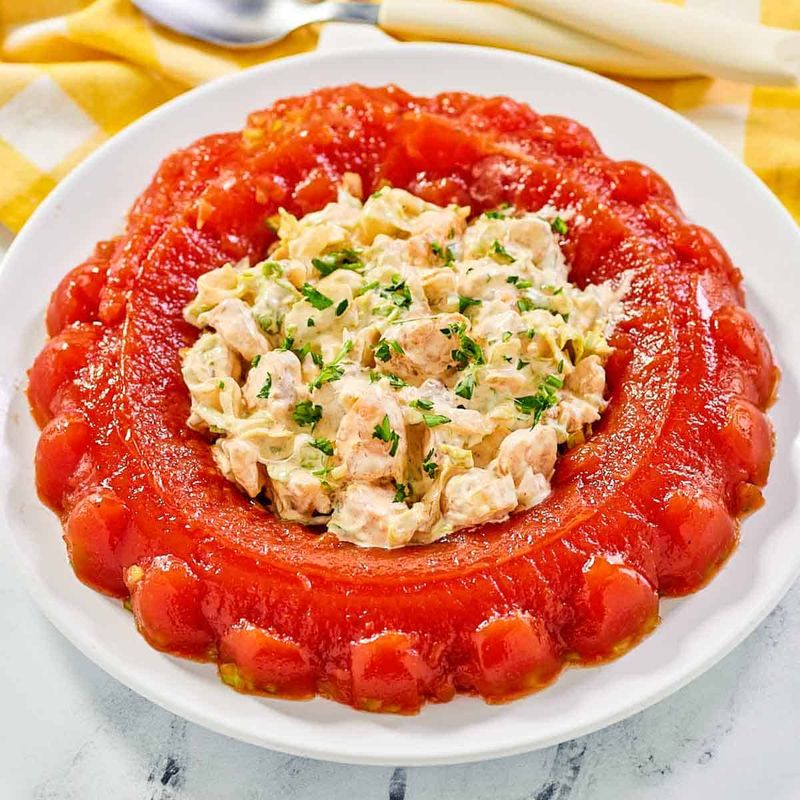
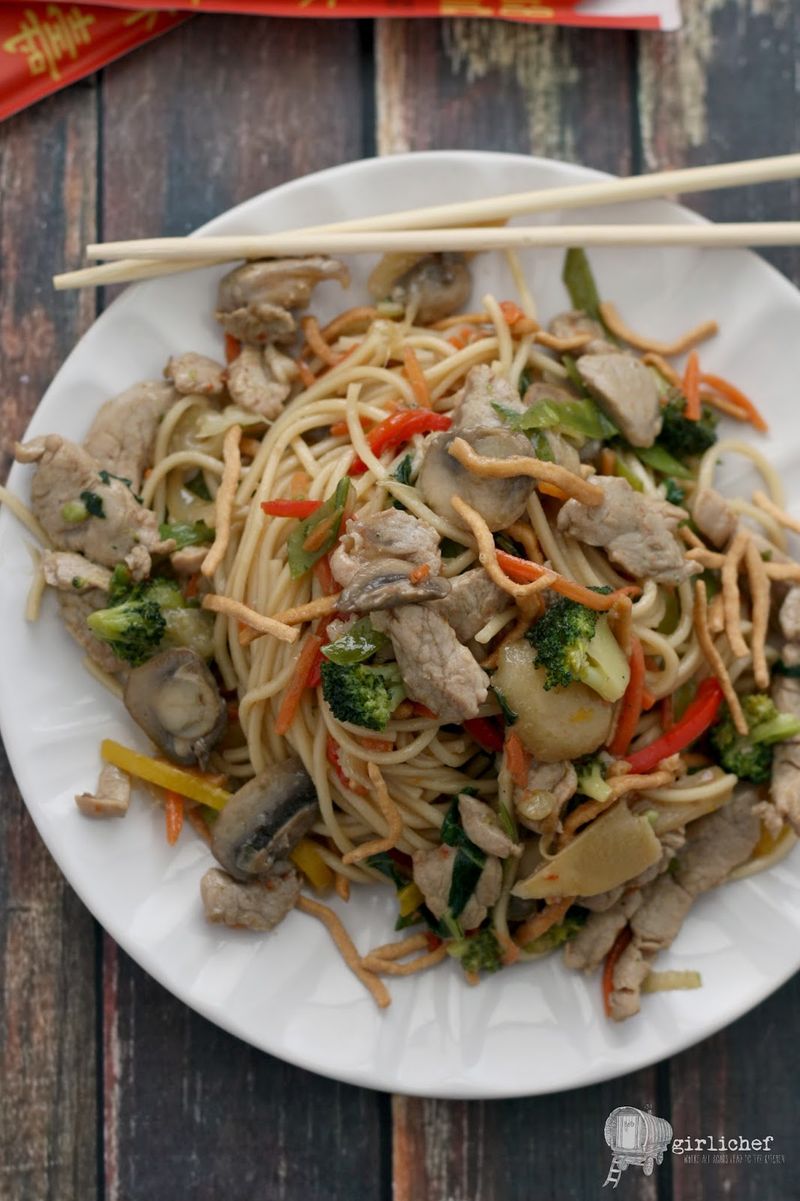
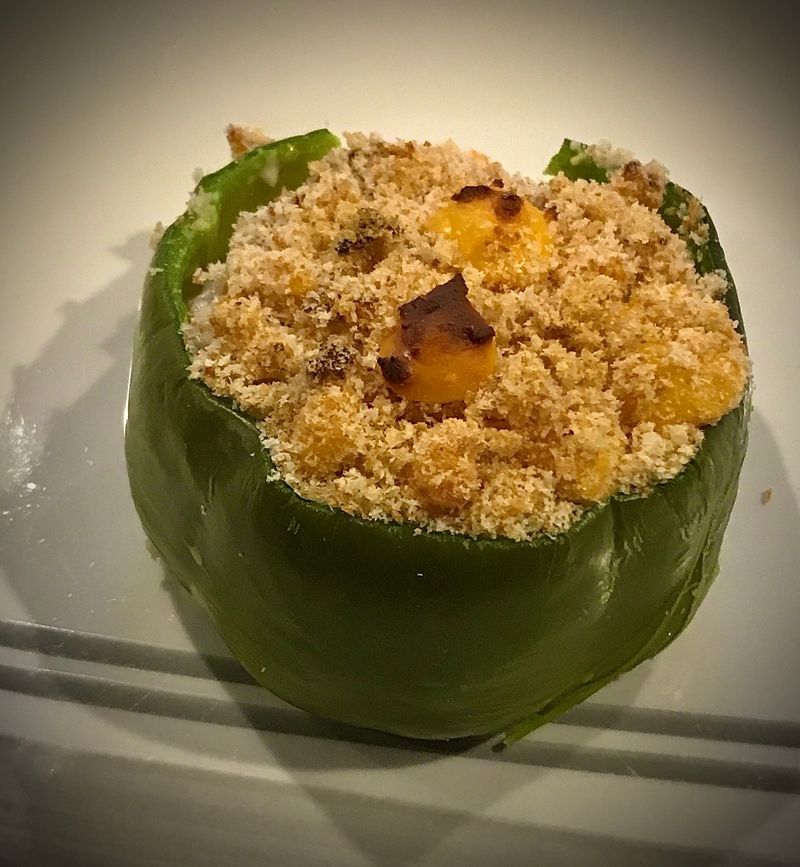
Leave a comment